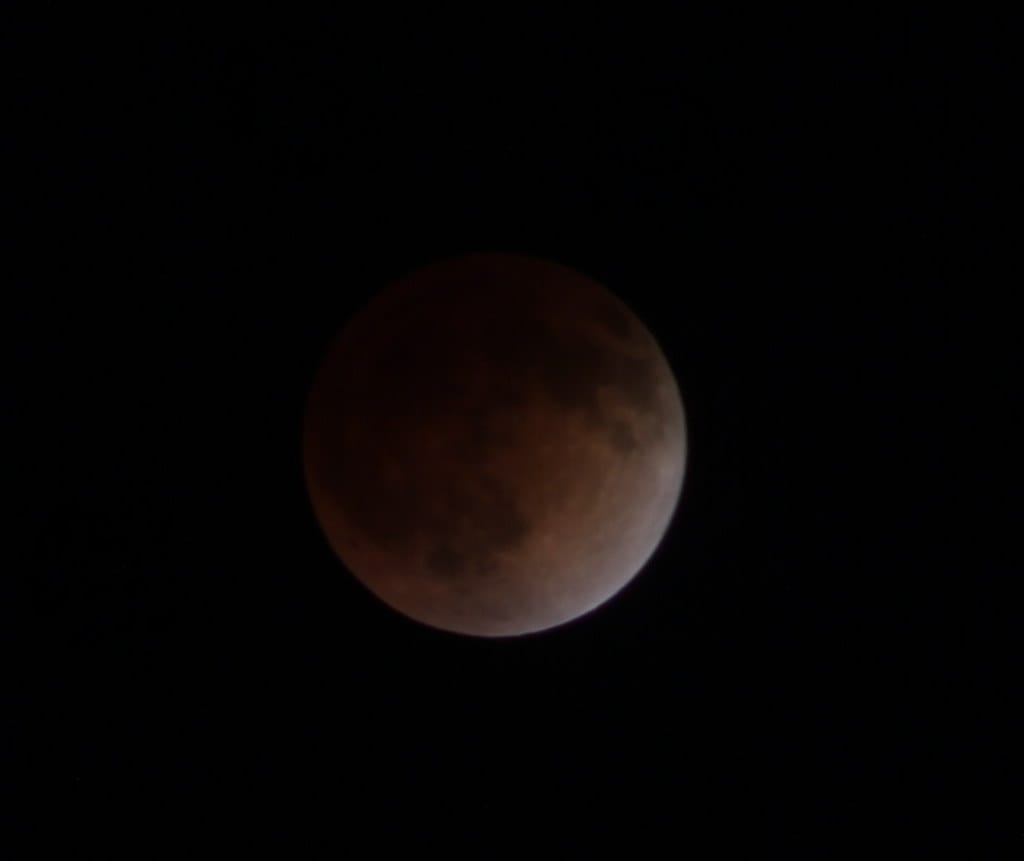The Moon is Rusting—And Earth's 'Wind' is the Surprising Culprit
Scientists have discovered something extraordinary happening 384,400 kilometers away from home: our airless, waterless Moon is developing rust. This cosmic mystery has puzzled researchers until recent findings revealed an unexpected connection to our own planet's atmosphere.
A Rust-Colored Mystery in Space
When India's Chandrayaan-1 lunar orbiter first detected signs of hematite—a form of rust—at the Moon's polar regions in 2008, scientists were baffled. Rust formation requires three key ingredients: iron, water, and oxygen. While the Moon's surface contains iron-rich rocks, it lacks both water and oxygen in any significant quantities. Moreover, the Moon is constantly bombarded by hydrogen from solar wind, which should prevent rust formation entirely.
"It's very puzzling," said Abigail Fraeman, a planetary scientist at NASA's Jet Propulsion Laboratory who led the groundbreaking study published in Science Advances. "The Moon is a terrible environment for hematite to form in."
Earth's Invisible Gift to the Moon
The answer to this celestial puzzle lies in an unexpected source: Earth itself. Our planet's magnetotail—a stream of charged particles extending far beyond our atmosphere—acts as a bridge, carrying oxygen all the way to the Moon.
Every month, for approximately six days, the Moon passes through Earth's magnetotail. During this journey, our planet's oxygen atoms hitch a ride on this cosmic wind, traveling hundreds of thousands of kilometers to reach the lunar surface. When these oxygen particles encounter iron-bearing minerals and trace amounts of water ice in the Moon's polar regions, they create the perfect conditions for rust formation.
The Solar Shield Effect
The timing of this rust formation provides another crucial clue. The hematite deposits are most prominent when the Moon is shielded from hydrogen-rich solar wind by Earth's magnetotail. This natural barrier prevents the rust-inhibiting hydrogen from reaching the lunar surface, allowing the oxidation process to proceed uninterrupted.
"This discovery shows that Earth's atmosphere extends far beyond what we previously thought," explains Dr. Sarah Noble, a lunar scientist at NASA Headquarters. The implications extend beyond simple rust formation—this process represents an active chemical connection between Earth and its natural satellite.
More Than Just Iron Oxide
The lunar rust discovery has broader implications for our understanding of planetary evolution and space weathering. The hematite formation suggests that:
- Planetary atmospheres can influence celestial bodies far beyond their immediate vicinity
- Chemical processes previously thought impossible in space environments can occur under specific conditions
- The Earth-Moon system remains more dynamically connected than previously understood
Researchers have also found similar rust formations on asteroids, suggesting this oxygen-transport phenomenon might be more common throughout the solar system than initially believed.
Ancient Rust Tells Modern Stories
Analysis of the lunar hematite suggests this rusting process has been occurring for billions of years, potentially providing a unique record of Earth's atmospheric evolution. As our planet's oxygen levels fluctuated throughout geological history, corresponding changes in lunar rust formation may have preserved this atmospheric autobiography on the Moon's surface.
The concentration of rust deposits varies across different lunar regions, with the highest levels found at the Moon's poles where water ice deposits provide the necessary moisture for oxidation. Interestingly, the rust is more abundant on the Moon's nearside—the hemisphere constantly facing Earth—further supporting the terrestrial oxygen theory.
Looking Forward: Implications for Future Exploration
This discovery carries practical implications for future lunar missions. Understanding the Moon's surface chemistry is crucial for planning sustainable lunar bases and resource utilization strategies. The presence of rust and its formation mechanisms could affect everything from equipment design to potential mining operations.
The finding also highlights the interconnected nature of our solar system, where planetary processes influence distant worlds in unexpected ways. As we prepare for humanity's return to the Moon through NASA's Artemis program, these insights remind us that our celestial neighbor continues to surprise us with new secrets.
The Moon's rust serves as a cosmic reminder that even in the vast emptiness of space, our home planet's influence extends far beyond the blue marble we call home—literally leaving its mark on worlds hundreds of thousands of kilometers away.
